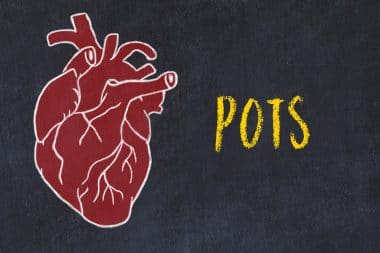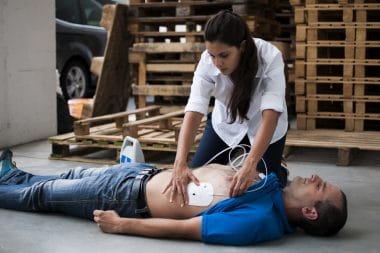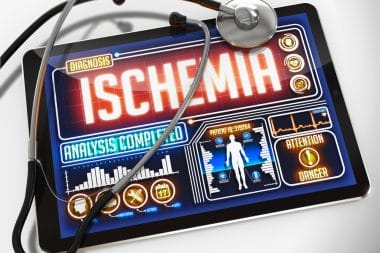The Mayo Clinic has had a breakthrough by combining a simple EKG test with the analytical power of artificial intelligence (AI) they have been able to identify those people with asymptomatic left ventricular heart dysfunction. An EKG is an electrocardiogram, a simple test that doctors use to check how your heart is working, often prior to a surgery or to check heart function to diagnose disease. This test is inexpensive, widely available and painless to the patient.
What is asymptomatic left ventricular dysfunction?
- A weak heart pump
- Increased risk of heart failure
- Affects 7 million Americans
- Reduces quality and longevity of life
- Is treatable
Up until now there has been no easy or accurate way to screen for this asymptomatic left ventricular dysfunction. Previously, doctors were using blood draws, echocardiograms or CT or MRI scans. All of these ways of detection are more expensive and more intrusive for the patient. This new test has passed the accuracy test. Digital data of over 625,326 patient records were run through the system to test the validity of the AI. The good news is this test/analysis combination is as accurate as a mammogram.
AI Advances Heart Health #HealthStatus
Key Points
- 1The AI/EKG Test is as accurate as mammography if for breast cancer.
- 2This test can identify left ventricular heart dysfunction before any symptoms are apparent.
- 3This simple test can also identify your future risk of developing asymptomatic left ventricular heart dysfunction.
“Congestive heart failure afflicts more than 5 million people and consumes more than $30 billion in health care expenditures in the U.S. alone,” says Paul Friedman, M.D., senior author and chair of the Midwest Department of Cardiovascular Medicine at Mayo Clinic. “The ability to acquire an ubiquitous, easily accessible, inexpensive recording in 10 seconds – the EKG – and to digitally process it with AI to extract new information about previously hidden heart disease holds great promise for saving lives and improving health,” he says.
See the full article at:









Reply